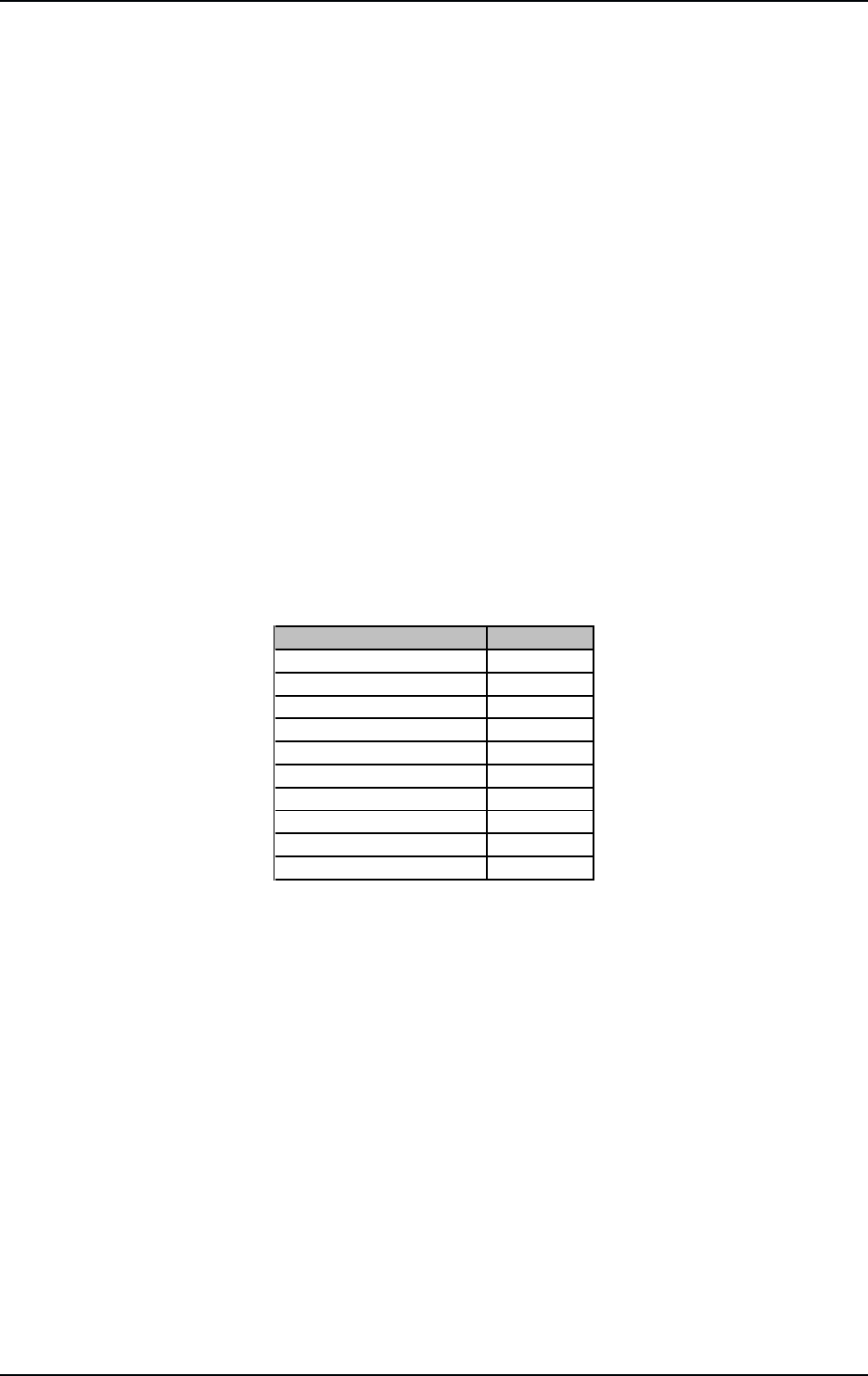
21
TUBE COMPOSER T1952
3.6 Side chain
3.6.1 The TUBECOMPOSER as De-Esser
De-essing is a special application of frequency selective compression. A problem often encountered in
recording, is the sibilant (Ssss) sound of the human voice. High frequency, sibilant sounds and pops can
produce very high energy levels which can sometimes cause an otherwise normal and undistorted voice to
sound very harsh, shrill and sometimes unintelligible. The solution is frequency selective compression or
limiting. The unit responds only to selected frequencies and reduces the level temporarily, as soon as sibilant
sounds or pops are detected.
If the detector circuit registers an excessive amount of high frequency information within the program material,
as in a normal compressor, the VCA is activated and the overall level is reduced. As this type of compression
affects the whole frequency range, this process is called broadband de-essing.
Please note that this type of frequency selective compression is very different from simple, fixed equalization
using notch filters, since de-essing has no effect on the signal except at the instant the sibilant occurs. The
general frequency response is principally not affected during this process.
When de-essing, simply insert an equalizer not into the audio path but into the side chain path of the
BEHRINGER TUBECOMPOSER. The equalizer is inserted between the SC SEND output and the SC
RETURN input of the BEHRINGER TUBECOMPOSER. While the SC EXT switch is active, the equalizer is
inserted into the side chain loop and controls the unit. With the help of the side chain monitor function, the
centre frequencies of the equalizer are then adjusted exactly to match the frequencies of the sibilant sounds.
All other frequencies are filtered out, so that with maximum attenuation of these frequency bands, along with a
correctly adjusted threshold point, the unit responds solely to the selected signal being produced by the
equalizer. The level of the sibilant sounds can therefore be effectively limited.
Control element Setting
SC EXT switch IN
SC MON switch OUT
INTERACTIVE switch OFF
SC FILTER switch OUT
THRESHOLD control +20 dB
RATIO control 1:4
AUTO switch OUT
ATTACK control 1 ms
RELEASE control 150 ms
OUTPUT control 0 dB
Tab. 3.1: Basic setting for the De-Esser function
1. Turn the THRESHOLD control counterclockwise until the gain reduction meter reads a clear reduction in
level.
2. Now switch on the SCMON and tune the equalizer so that the S sounds are stronger than the rest of the
signal (usually between 6 and 10 kHz).
3. Turn of the SCMON function and set the THRESHOLD so that the compressor reacts to the S sounds.
No compensation with the OUTPUT control should be necessary. Set the attack and release times to suit your
specific needs. The AUTO function is best not used in this setup.
3.6.2 Frequency selective filtering of unwanted signals
Based on the setup described in the de-esser section, the unit may also be used to eliminate rumble, hum and
equipment noise (air-conditioning systems, camera noise etc.). Using the SC MON switch, adjust the
frequencies of the equalizer to match the unwanted frequencies and use a peak filter with a high slope. Take
care to decrease the amplitudes of the unrequired frequencies. Proceed now as described in the previous
chapter 3.6.1. This will result in compression of the selected frequencies and thus a decrease in the gain of the
program material.
3. APPLICATIONS


















